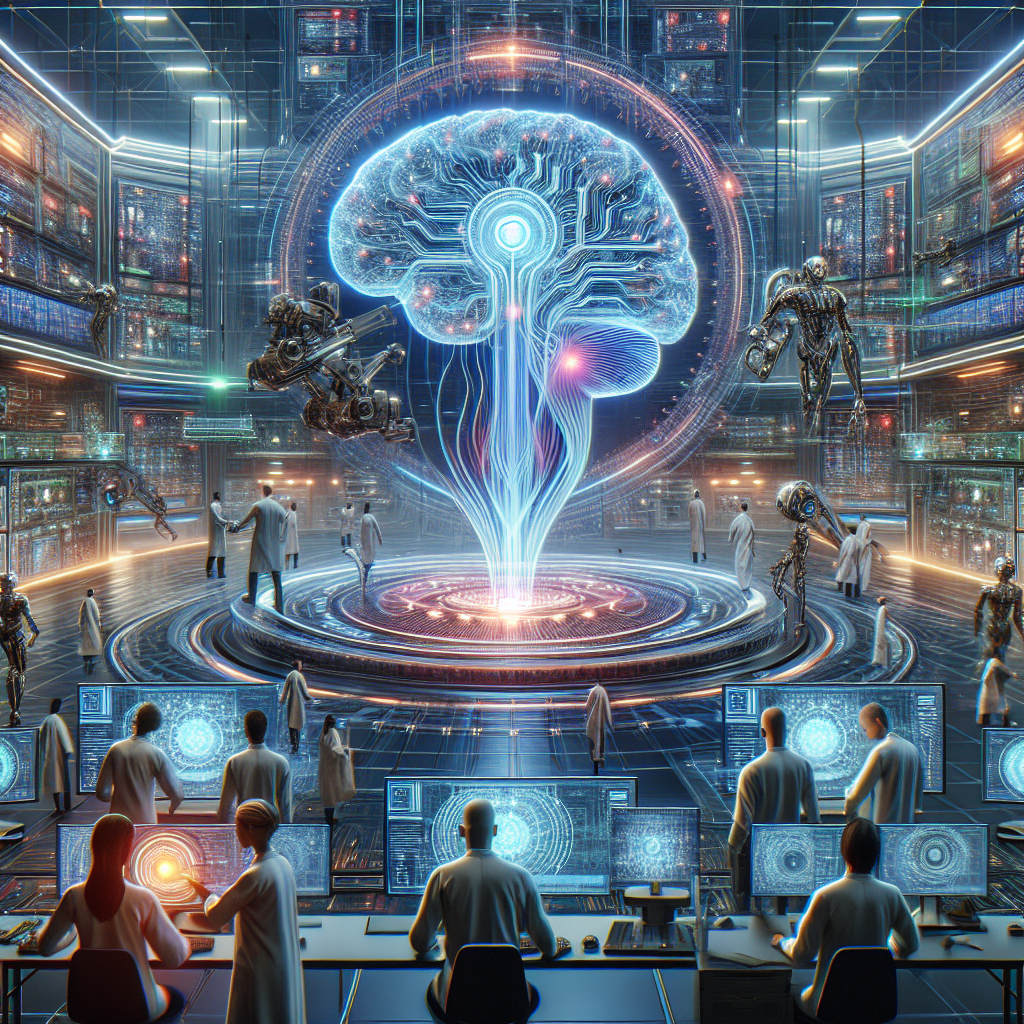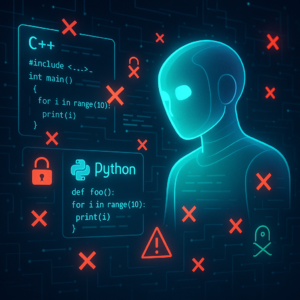**How AI Models Get Smarter After Training: A Deep Dive into Post-Training Language Models (PoLMs)**

How AI Models Get Smarter After Training: A Deep Dive into Post-Training Language Models (PoLMs)
Introduction
Imagine teaching a child to recognize animals using a large picture book. At first, they might confuse a fox with a dog or a parrot with a pigeon. But through additional practice, corrections, and guidance, they refine their understanding. Large Language Models (LLMs), like ChatGPT or Gemini, work similarly. Their initial training gives them a broad but sometimes flawed understanding of language, reasoning, and ethics. To truly refine their intelligence—making them better at reasoning, ethically aligned, and more efficient—they undergo a crucial phase known as post-training.
A recent survey, A Survey on Post-training of Large Language Models, comprehensively explores Post-training Language Models (PoLMs)—the techniques that fine-tune LLMs after their initial pre-training. Just as a student sharpens their skills before an exam, AI models go through post-training to improve reasoning, efficiency, and adaptability.
In this post, we’ll break down the key aspects of post-training, why it matters, and how it’s shaping the future of AI. Whether you’re an AI enthusiast, a researcher, or just someone curious about how AI models improve over time, this guide will give you a clear understanding of how AI is evolving beyond its initial training.
What Exactly is Post-Training for AI Models?
At a high level, post-training refers to the final phase where language models are fine-tuned to correct biases, improve reasoning, align with ethical guidelines, and optimize efficiency. While pre-training provides a vast amount of general knowledge, post-training sharpens how a model applies that knowledge in real-world scenarios.
Post-training techniques can be categorized into five key areas:
- Fine-tuning – Teaching the model to specialize in specific tasks.
- Alignment – Ensuring the model follows ethical standards and user preferences.
- Reasoning Enhancement – Making the model better at logical, multi-step thinking.
- Efficiency Improvements – Reducing the computational footprint of models.
- Integration & Adaptation – Expanding capabilities to handle multiple formats like images and audio.
Now, let’s explore each of these in more detail.
1. Fine-Tuning: Giving AI Models a Specialty
Fine-tuning is like additional tutoring for AI—it helps models specialize. For example, GPT-4 might be able to summarize Shakespeare, but to accurately summarize legal documents, it would need extra training on legal-specific texts.
There are multiple types of fine-tuning:
- Supervised Fine-Tuning (SFT) – The model is trained on specific, labeled datasets. Example: teaching an AI medical terminology using doctor-reviewed datasets.
- Adaptive Fine-Tuning – The model is adjusted to better follow instructions given in prompts (e.g., turning GPT-3 into InstructGPT).
- Reinforcement Fine-Tuning – AI gets better through trial and error, refining responses based on success metrics.
Why It Matters
Fine-tuning helps LLMs perform expert-level tasks without requiring vast retraining. This is why we have specialized AI like GPT-4 for coding assistance or DeepSeek-R1 for advanced reasoning.
2. Alignment: Keeping AI Ethical and Useful
Alignment ensures that models behave in a way humans find ethical, helpful, and safe. Without alignment, AI models might generate biased, misleading, or harmful content.
Key alignment techniques include:
- Reinforcement Learning from Human Feedback (RLHF) – AI receives feedback from human reviewers to improve its responses (used in ChatGPT).
- Direct Preference Optimization (DPO) – A newer method where AI learns directly from human preferences without needing a separate reward model.
- AI Feedback (RLAIF) – Instead of humans providing feedback, another AI model gives feedback to efficiently scale supervision.
Why It Matters
If you’ve ever noticed ChatGPT refusing to answer a harmful question or providing balanced perspectives, you’ve seen alignment at work. This post-training step ensures AI sticks to ethical boundaries.
3. Reasoning Improvement: Making AI Think More Like Humans
Early AI models were good at providing information, but weak at real step-by-step reasoning. Post-training helps AI think in structured ways, especially in complex tasks like math, programming, and legal reasoning.
Techniques to Improve Reasoning
- Chain of Thought (CoT) Fine-Tuning – Encouraging AI to break down answers into logical steps, similar to how humans think through problems.
- Reinforcement Learning for Reasoning – AI models self-correct reasoning errors and refine strategies iteratively.
- Self-Refinement – The AI detects its own mistakes and refines future responses accordingly.
Why It Matters
Better reasoning means AI can solve hard problems, like debugging code, answering legal questions, or devising scientific hypotheses, rather than just retrieving information.
4. Efficiency: Making AI Faster and More Scalable
Today’s AI models are huge—GPT-4 reportedly has over one trillion parameters! Fine-tuning helps reduce these computational demands without losing accuracy.
Efficiency Techniques
- Model Compression – Shrinking the model’s size while preserving performance (e.g., quantization, pruning).
- Parameter-Efficient Fine-Tuning (PEFT) – Instead of retraining the whole model, AI only updates a small portion of parameters.
- Knowledge Distillation – Training a smaller model to mimic a larger one (e.g., fine-tuning a tiny AI model for phone assistants).
Why It Matters
With better efficiency, AI can run on smaller devices—improving AI integration in phones, smart home devices, and real-time applications without massive computational costs.
5. Integration & Adaptation: Expanding AI’s Modalities
Text-based AI is just the beginning. Multi-modal AI like GPT-4o and DeepSeek-VL are being trained to process images, videos, and even speech.
Key methods for multi-modal learning:
– Vision-Language Models (VLMs) – AI that can “see” and “describe” images (e.g., OpenAI’s new Sora model).
– Retrieval-Augmented Generation (RAG) – Instead of relying only on pre-trained data, AI actively fetches relevant external documents before answering.
– Model Merging – Combining the best of multiple AI models to create more powerful hybrid systems.
Why It Matters
AI that understands text, images, and speech together will power better medical diagnostics, AI legal assistants, and smarter personal assistants.
Key Takeaways
✔️ Post-training is essential for improving AI models beyond mere text generation. It enhances reasoning, efficiency, and ethical alignment.
✔️ Fine-tuning gives AI expert-level skills for specialized domains like medicine, law, and coding.
✔️ Ethical alignment techniques like RLHF ensure AI models remain safe and trustworthy.
✔️ Better reasoning techniques allow AI to think in logical steps, making them more useful for complex tasks.
✔️ Efficiency improvements make AI lighter and accessible on smaller devices and real-time applications.
✔️ The future is multi-modal – AI is learning to process images, videos, and more, making them increasingly intelligent and versatile.
Final Thoughts: What’s Next for AI?
Post-training is shaping a future where AI not only retrieves information but reasons through problems like humans. As techniques continue evolving—especially in real-world reasoning, efficiency, and multi-modality—we can expect smarter, safer, and more scalable AI models powering our daily lives.
The next frontier? Creative intelligence—where AI doesn’t just follow instructions but generates novel ideas. Stay tuned as post-training unlocks the next wave of AI evolution! 🚀
If you are looking to improve your prompting skills and haven’t already, check out our free Advanced Prompt Engineering course.
This blog post is based on the research article “A Survey on Post-training of Large Language Models” by Authors: Guiyao Tie, Zeli Zhao, Dingjie Song, Fuyang Wei, Rong Zhou, Yurou Dai, Wen Yin, Zhejian Yang, Jiangyue Yan, Yao Su, Zhenhan Dai, Yifeng Xie, Yihan Cao, Lichao Sun, Pan Zhou, Lifang He, Hechang Chen, Yu Zhang, Qingsong Wen, Tianming Liu, Neil Zhenqiang Gong, Jiliang Tang, Caiming Xiong, Heng Ji, Philip S. Yu , et al. (1 additional authors not shown). You can find the original article here.




